More from Ukraine! Meet Merylin
Thoughtful and hard-working, she made it easy to get the most out of a tiny hotel space.
I wondered how many models I’d be able to work with before I had a second one from the same country, and this shoot with Merylin ends the streak at five. She’s also Ukrainian, just like Anna, the model from my second professional shoot; in fact the two of them are friends and work for the same modeling agency. Like Anna, Merylin left Ukraine many years ago and now lives abroad, splitting her time between Bali and Barcelona (she’s a surfer).
Even though she didn’t add a new country of origin to my list of collaborators, she still brought plenty of new things to the shooting experience. She’s the first so far to ask me, very directly, what I expect from her during the shoot. (You might think this is always an explicit conversation at the outset, but so far that has not been my experience.) Anyway, it was a great opportunity for the two of us to get a better idea of what needed to happen over the next two hours, so I’m glad she asked. She was already wearing the large hoop earrings when I arrived but was willing to take them off if I wanted. I thought about it for a good five or ten seconds. (You can see my decision in the shots. Right call?)
Another aspect of this shoot that was new and different was the amount of input and feedback that Merylin wanted from me. This is an aspect of my craft that is decidedly underdeveloped right now; I openly admit that directing models isn’t a strength of mine. I’m like the George Lucas of nude photography. I was shooting with two cameras and lenses, as usual (the twins), and after a couple rounds of shooting she wanted to see what I’d captured so far. Perhaps it’s my relative inexperience with this kind of shooting, or my introversion, or my perfectionism, but my first feeling at this request was terror.
You can imagine my internal monologue. Oh god, she’s going see these photos and be like, “what the hell is this guy doing?” It only lasted a few seconds before my calm, rational brain reminded itself that I actually do know what I’m doing with a camera, and she wants to see the photos to assist her posing, not my composition. I put them both on image review mode and let her flick through everything I’d shot so far, which she did with alacrity, studying herself closely across the frames. She saw some things she could improve in her posing, and we got back to work.
Sometime later she made a comment about me not shooting very many frames compared to other photographers. “It’s like tchtchtchtchtchtchtch” she said, imitating a camera shutter on burst mode. I started to think out loud about her observation, which led me to bring up another unique aspect of Merylin’s modus operandi– she almost never stands completely still. Her posing style is very fluid, almost rhythmic; she glides slowly but continuously from pose to pose, making it harder to capture discrete moments. I suggest to her that photographers might be reacting to her postural fluidity by shooting more frames to avoid missing a moment.
While I do think that’s a plausible theory to explain why a photographer would shoot a model at 20 frames per second (as if she’s a diving peregrine falcon), indulge me as I pontificate about this unfortunate side-effect of digital photography. One of the biggest changes when cameras stopped recording photons to a light-sensitive physical surface and started storing them as ones and zeroes on a memory card was that the price of capturing an individual photograph instantly decreased from something to nothing. Yes, memory cards require an initial cost, but they can be reliably filled thousands of times before failure. In fact, the more images one records onto an SD card, the cheaper each individual image becomes. This has given rise to a style of shooting that’s affectionately called “spray and pray” – just hold down the shutter button and capture hundreds, if not thousands, of images and hope that you’ve got what you’re looking for somewhere amongst the gigabytes.
I’ve done my fair share of that, so I’m not going to pretend to be above it. I’m very conscious these days of not shooting that way in situations that don’t call for it, because I think there’s something to be said for having that old film mindset of knowing what you want and capturing it in the most efficient way possible. There is a cost of the “pray and spray” method: time. It takes time to look through that giant pile of images and delete 90% of them. If you’re a nature photographer, yes, you’ll need to shoot a few hundred frames to come away with some bird-in-flight keepers. If you’re shooting a few hundred frames of a woman ten feet away from you, I think you just don’t know what you’re doing. cuique suum. Anyway, back to Merylin.
We had two hours together, and even though we were in a typically cramped Hong Kong hotel room, I don’t think we explored the space as well as we might have. I’m not one to dwell on the shots I failed to capture, but this set doesn’t have the variety of poses and moods that I think Merylin has in her. I blame myself for not being disciplined enough during the shoot to keep moving along, but I enjoy stopping to chat with the model frequently during the shoot, and I think I can defend this practice, for myself anyway.
First of all, it helps me relax. I’m not a very outgoing person, and I always arrive at a shoot with some anxiety about meeting a new person, shooting in largely unknown conditions, and having to come away with a bunch of good images that I can share with all of you. Models also usually look quite serious in their portfolio images, so I’m always a little bit scared that I’m walking into a very transactional situation with someone who isn’t interested in making small talk. Thankfully I’ve not yet encountered any models like that; most of them are quite the opposite, including Merylin. The second reason is that chatting often reveals things about the model’s preferences that are relevant to the shoot. You can see, for example, that Merylin has a fairly prominent tattoo on her arm; I asked her about it, which led to a little chat about getting older and wanting to find one’s “true” self again – she’s gone from regretting to accepting it but doesn’t want any more; she’s also recently gone back to her natural hair color.
I also asked her about the scar on her stomach, which she says she’s had since she was only two or three months old. She feels like it’s a part of who she is, i.e. not something she wants me to remove when I’m editing her photos, so I’ve left it duly untouched. This is always a tricky area for me when I’m editing shots of a nude woman. Obviously temporary things like blemishes are no-brainers to remove, but what about more permanent imperfections? Does the model even think of them as imperfections? I err on the side of leaving things in rather than removing them, but that’s just a personal choice. (Let this be a reminder, if you needed it, that photographs of models are always, in some sense, approximations of what they look like! They’re imperfect humans too, if particularly beautiful ones.)
Just one more musing of hers that I’d like to share here, as it’s one that will stick with me for a long time. She said that she had a hard time initially knowing how to feel when she’d see images of herself that she loves from one shoot but others that she didn’t find flattering at all from another. Eventually, she realized that she’s the same person in every shoot – it’s the photographer who’s either succeeding or failing in the moment. I think that’s a profoundly healthy realization for a model to have – and an equally sobering one for the photographer!
Well, Merylin, I tried my best.
If you’re enjoying seeing and reading about her, you can follow Merylin on Instagram. Keep a lookout for her in the future; we’ve worked together another time since this shoot, so she’ll be appearing here again!


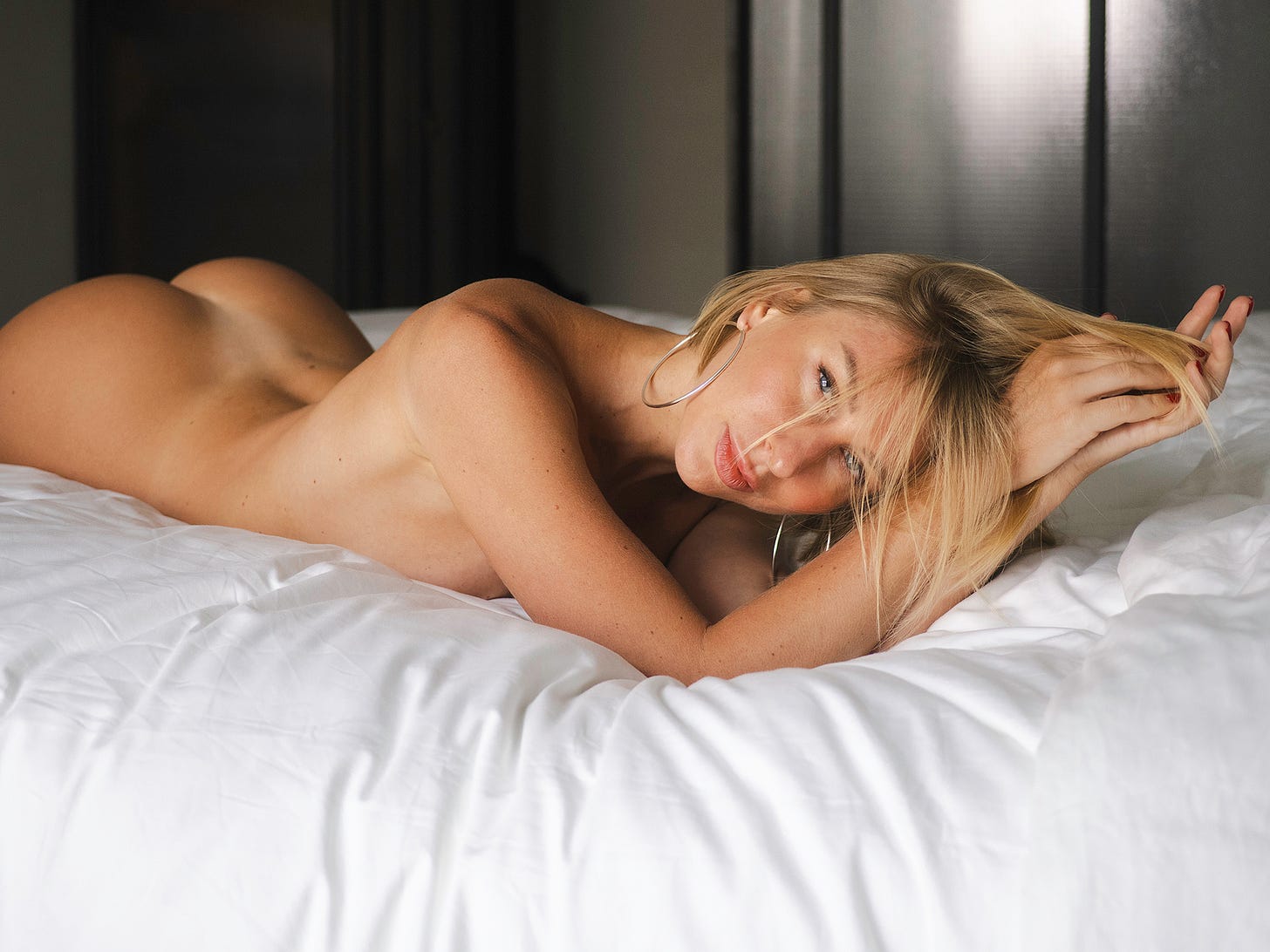
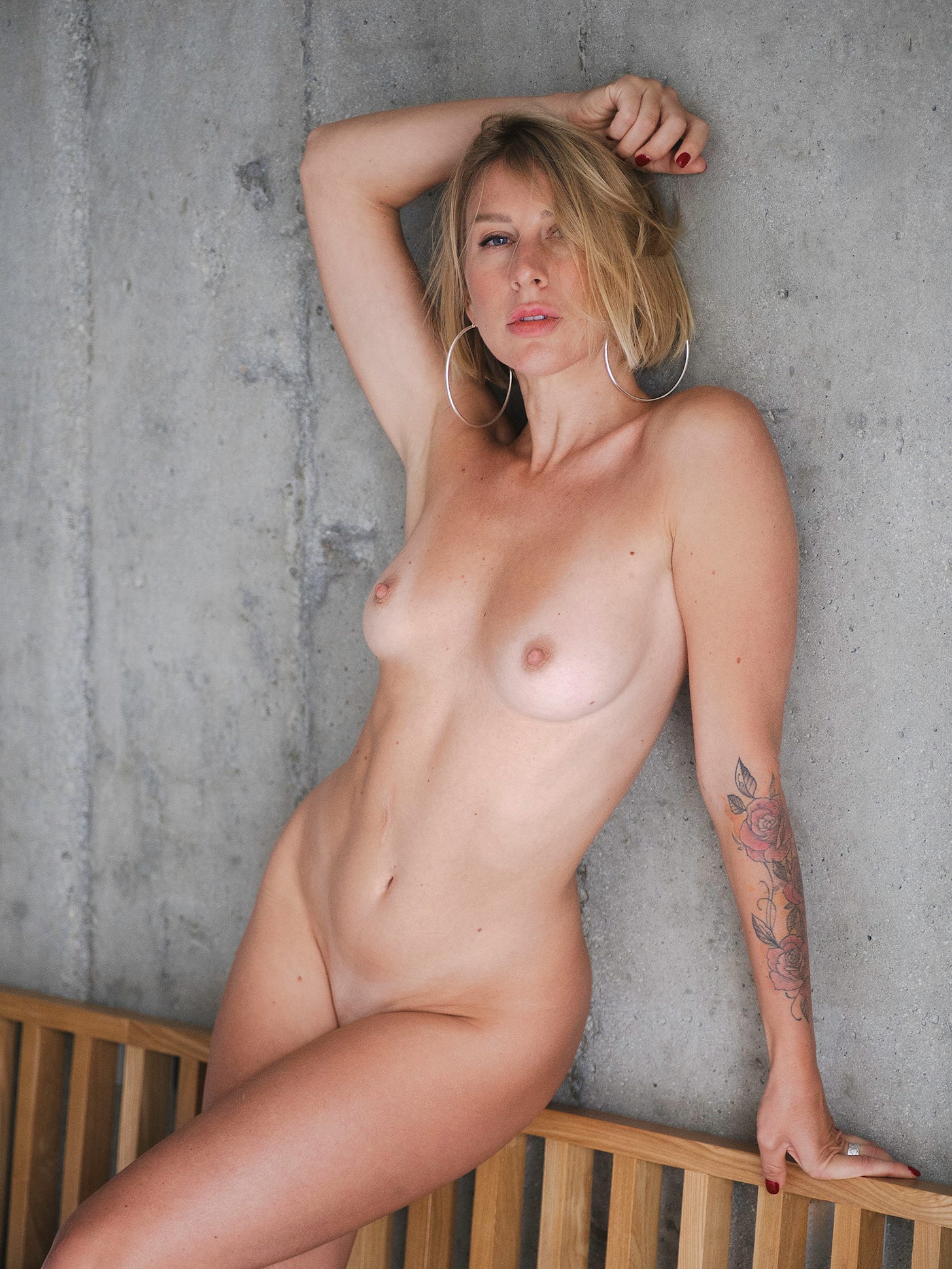
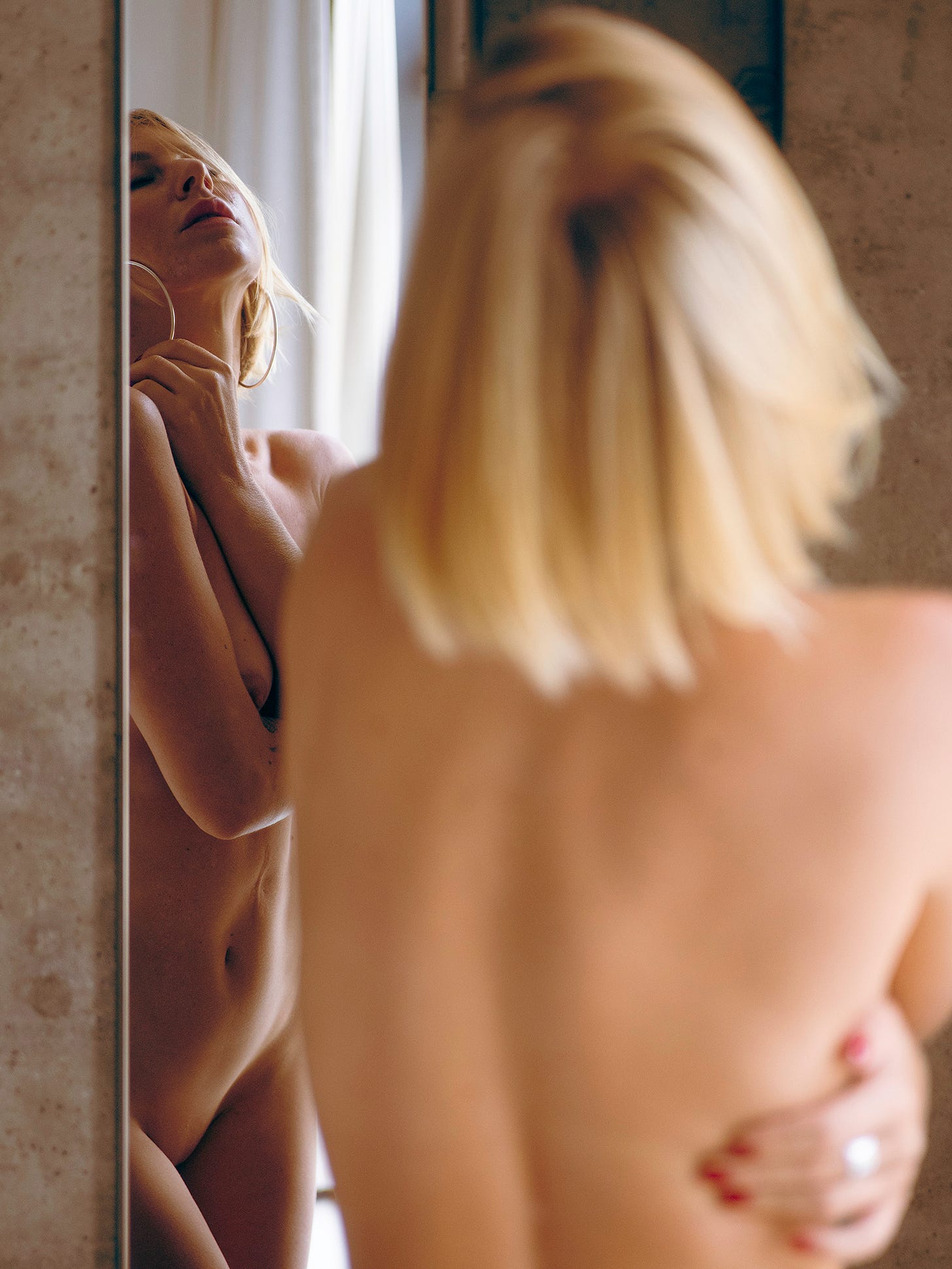

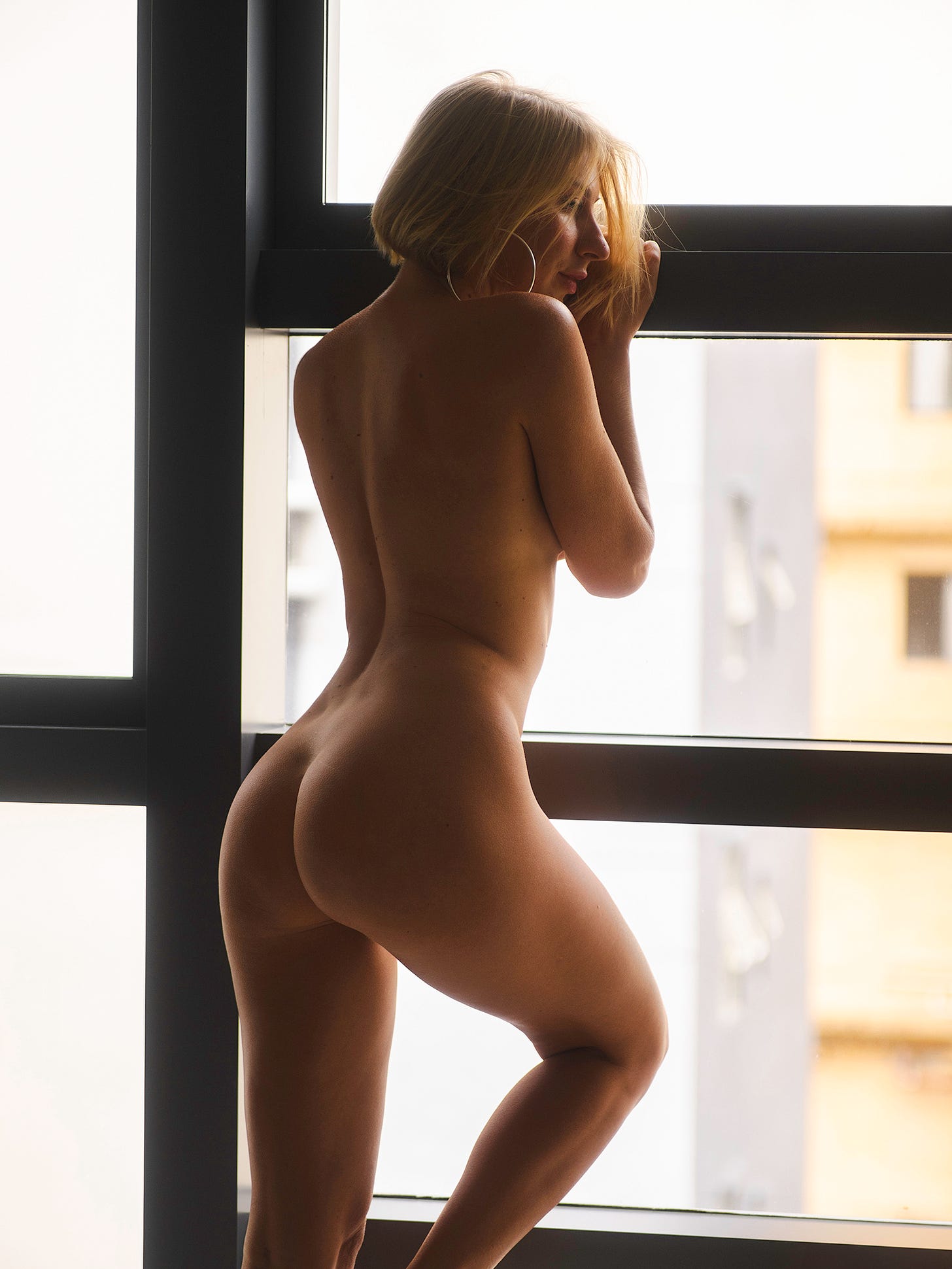
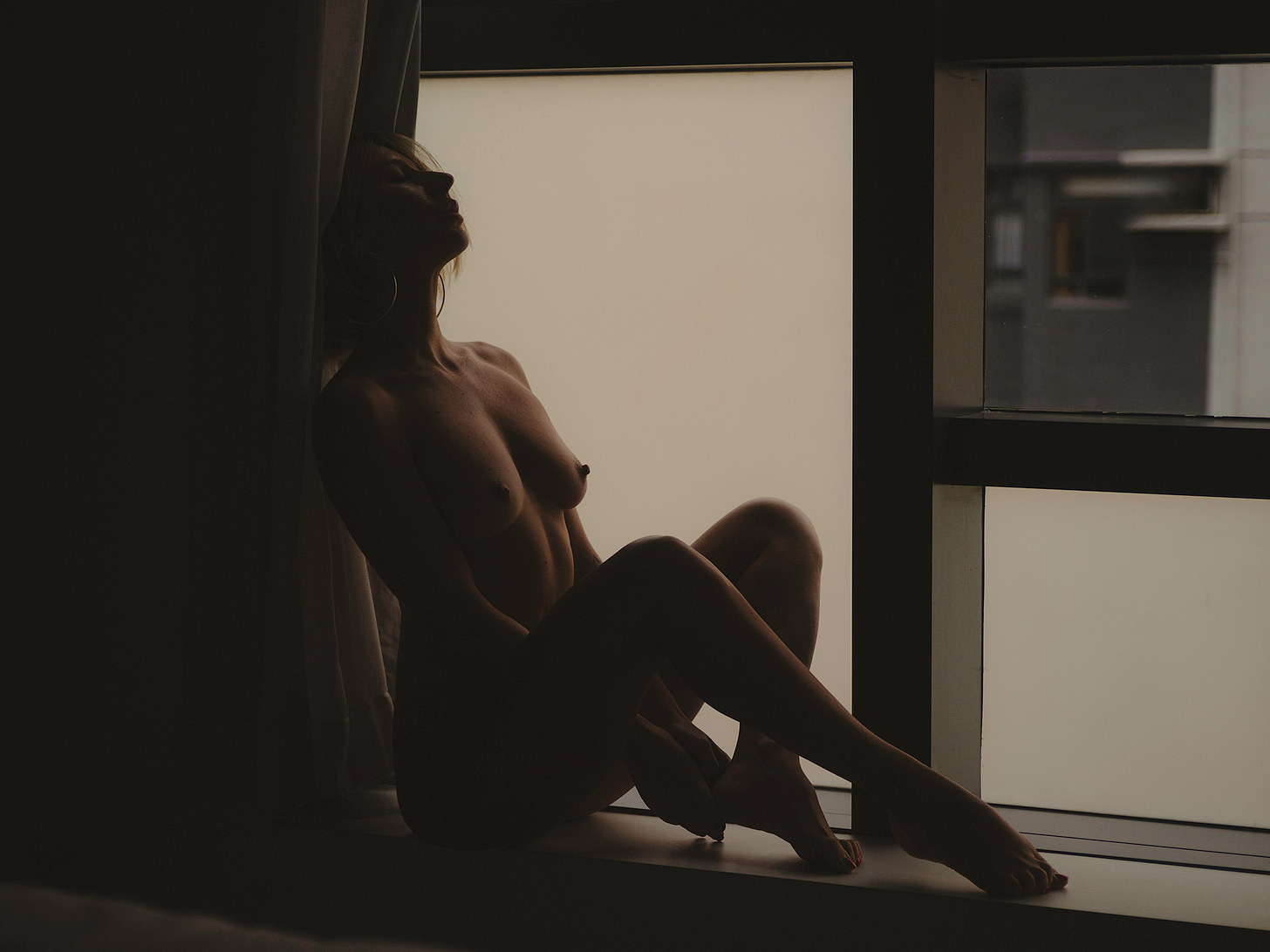
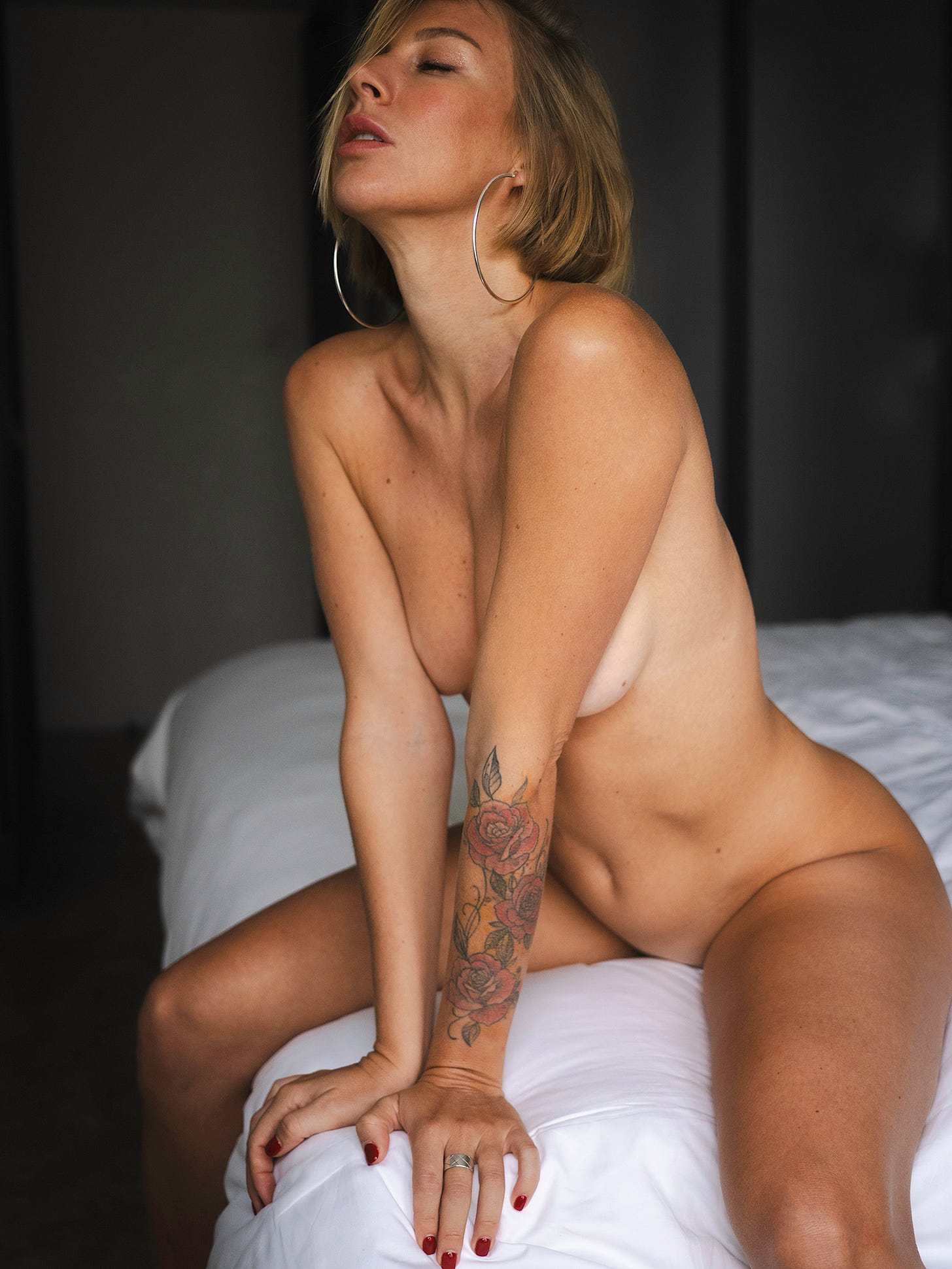
Really lovely work